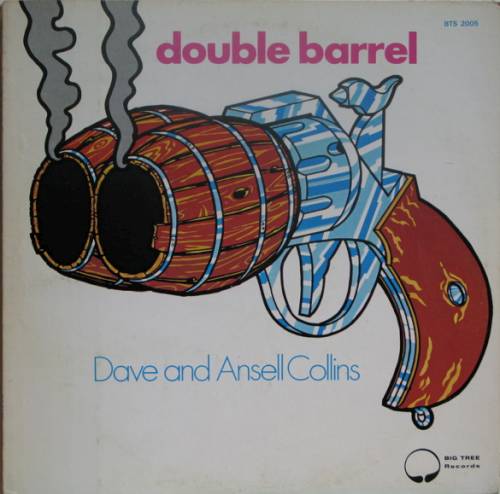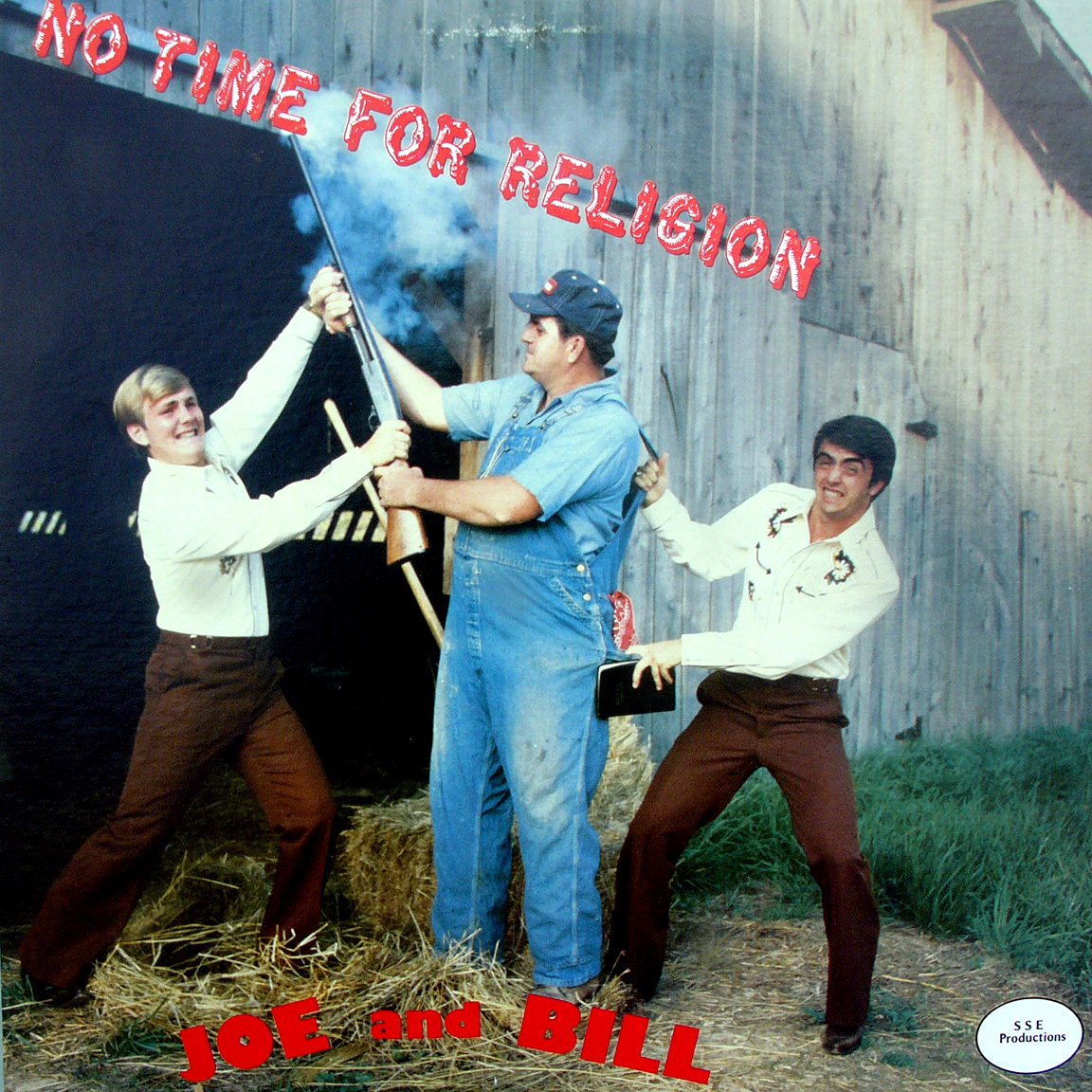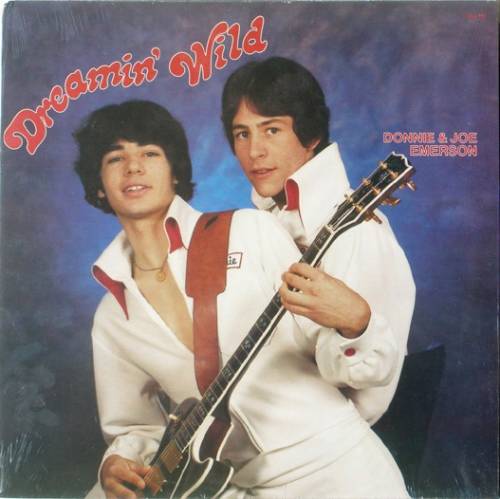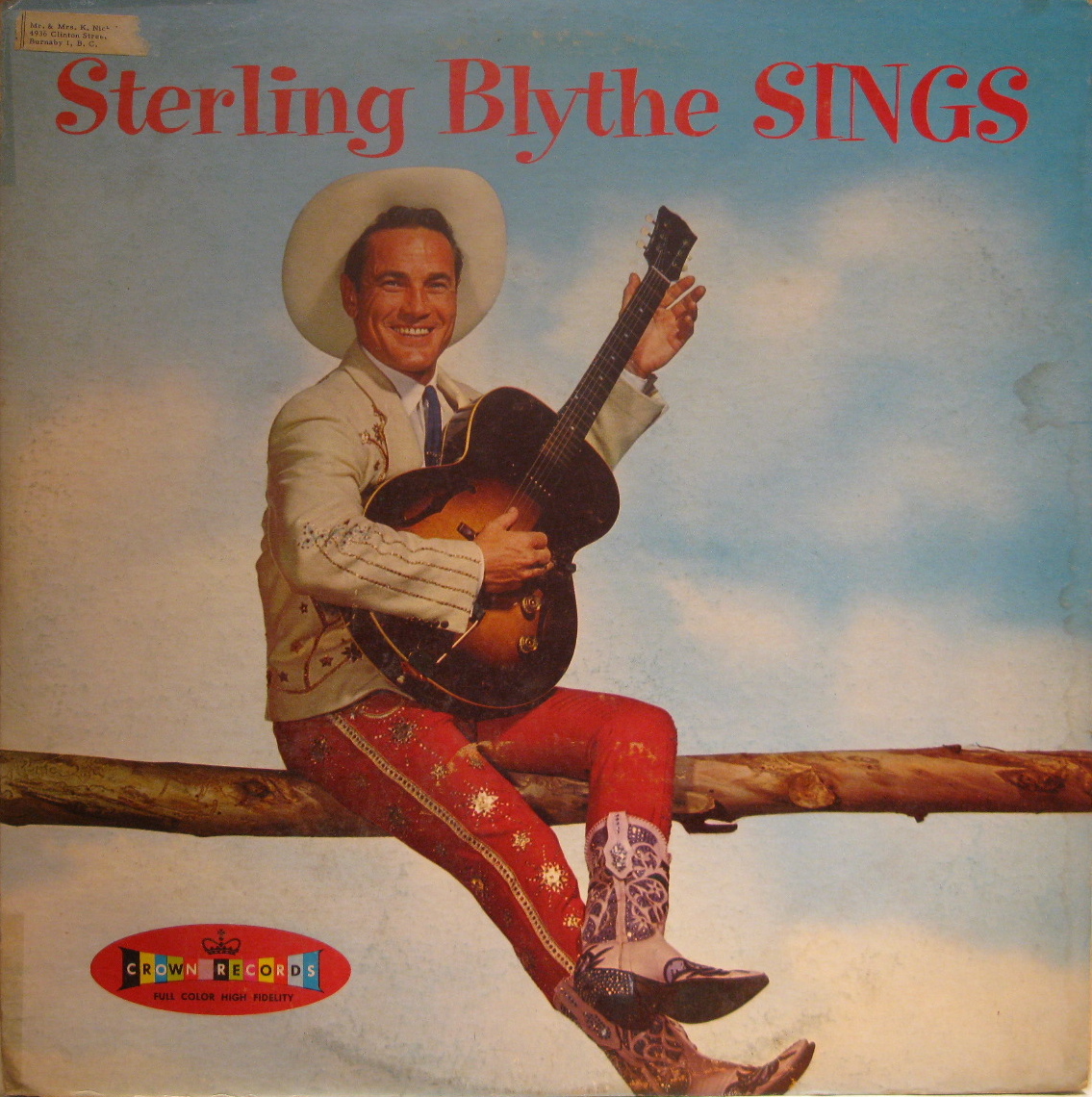Not really having heard the original Dire Straits version of “Brothers in Arms” when it came out (it was one of these things I was planning on “getting around to”), my first experience with the song was through protest singer Joan Baez in 1988, with a radio-only compilation back when I was a university DJ. I feel that it was at least her best since “Love Song To a Stranger”, another song that grabs my emotions in a similar way.
Brothers in Arms is about a quintessential Baez theme: anti-war. It is hard to listen to lyrics like “There’s a million different worlds/and a million different suns/we have just one world/and live in different ones” and not get choked up.
I have heard some remarks in recent blogs regarding the appropriateness of a woman singing this song. Well, I think that war is not just a “man’s issue”. It is an issue for all mankind. I feel no conflict with Baez singing this song. Women have sons, brothers, and husbands that are lost in war, too. And when you hear Baez sing, believe me, any questions of appropriateness quickly fly out the window. She definitely makes this song her own.
She does a better job of the vocals than anyone I have heard, including Mark Knopfler, the writer of the tune. But there is an element missing.The music in the background serves as a vehicle for her voice. It is maudlin, and its mediocrity doesn’t become obvious until the song’s ending where the musicians no longer have the power of Baez’s voice to carry the ending.
Finally, after all these years, I sat down and had an un-interrupted, quiet, sustained listen to Dire Straits doing the original song.
Its strength is its weakness: Knopfler’s Gibson guitar. When most people talk to me about Dire Straits’ Brothers in Arms being a “good song”, they are referring to the guitar work. The words of the song, which Knopfler nearly mumbles his way through, takes a back seat to the the guitar playing. In a real sense, the problem is the reverse of the Baez problem: while the voice is just “kind of there”, it is just a vehicle for the guitar. And as Baez shows us in no uncertain terms, the lyrics of the song have their own power in the hands of the right vocalist, making the most of what are powerful, poetic lyrics.
If only we had Knopfler’s guitar, and Baez’s voice doing that tune … we can only dream.
Visits: 110




